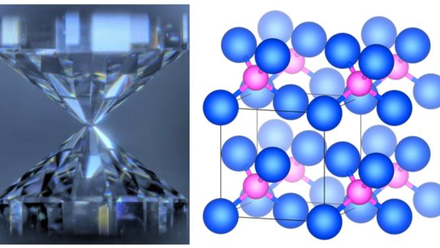Researchers unlock 'materials genome'
A microscopy method has let researchers detect tiny changes in the atomic-level architecture of crystalline materials.

Simulated atomic environments.
© Simon Ringer, Mengwei He and researchers.It allows exploration of materials like advanced steels for ship hulls and custom silicon for electronics.
The University of Sydney, Australia, researchers say this could advance our ability to understand the fundamental origins of materials properties and behaviour.
They have introduced a way to decode the atomic relationships within materials.
The breakthrough could assist in the development of stronger and lighter alloys for the aerospace industry, for example, enabling the creation of sustainable, efficient and cost-effective products.
The study harnessed the power of atom probe tomography (APT) to unlock the intricacies of short-range order (SRO).
SRO is sometimes likened to the ‘materials genome’, the arrangement or configuration of atoms within a crystal.
Until now, SRO has been challenging for researchers to measure and quantify because atomic arrangements occur at a scale so small that they are difficult to see with conventional microscopy techniques.
The study focused on high-entropy alloys, which are promising for various advanced engineering applications.
The research focused on observations of a cobalt-chromium-nickel high-entropy alloy, revealing how different heat treatments can change SRO.






